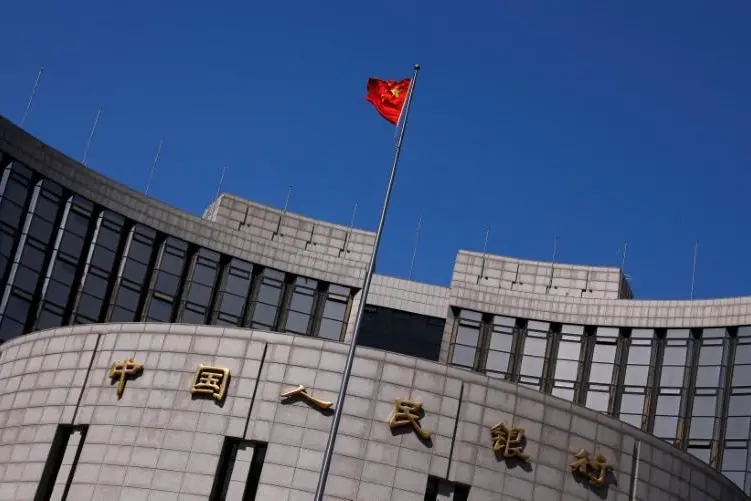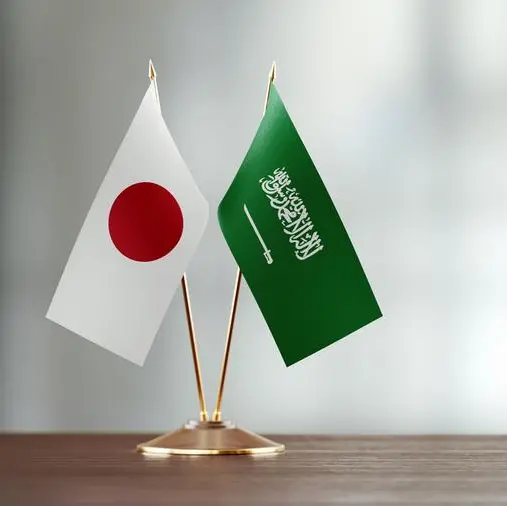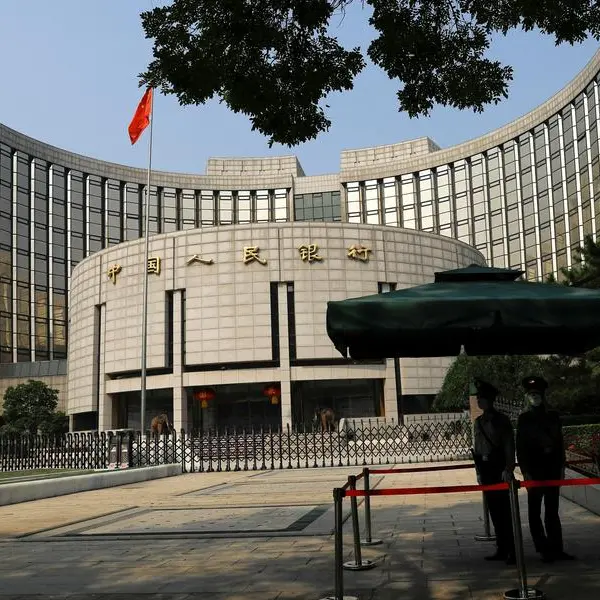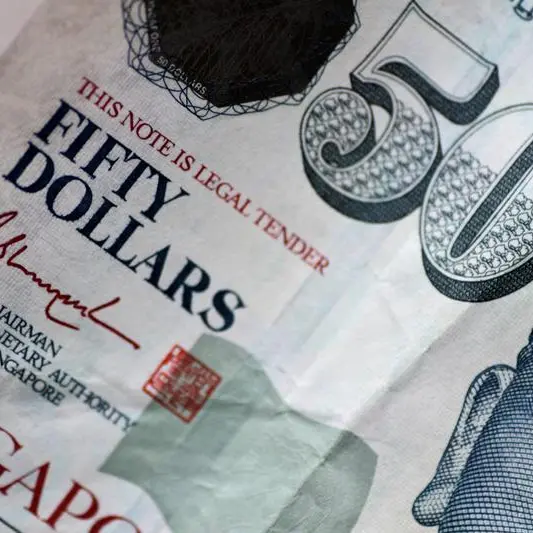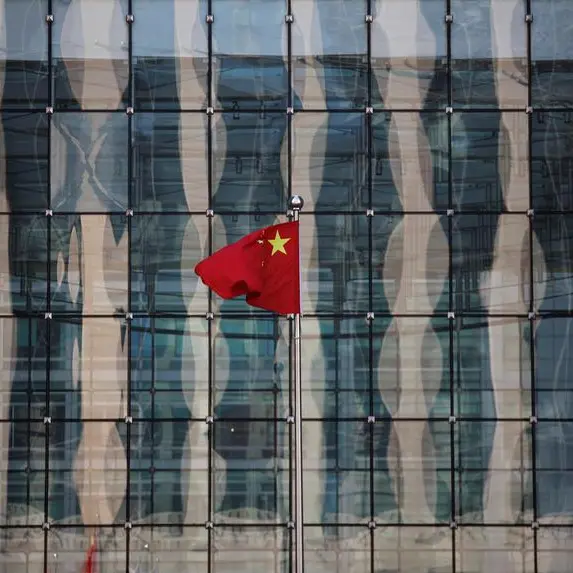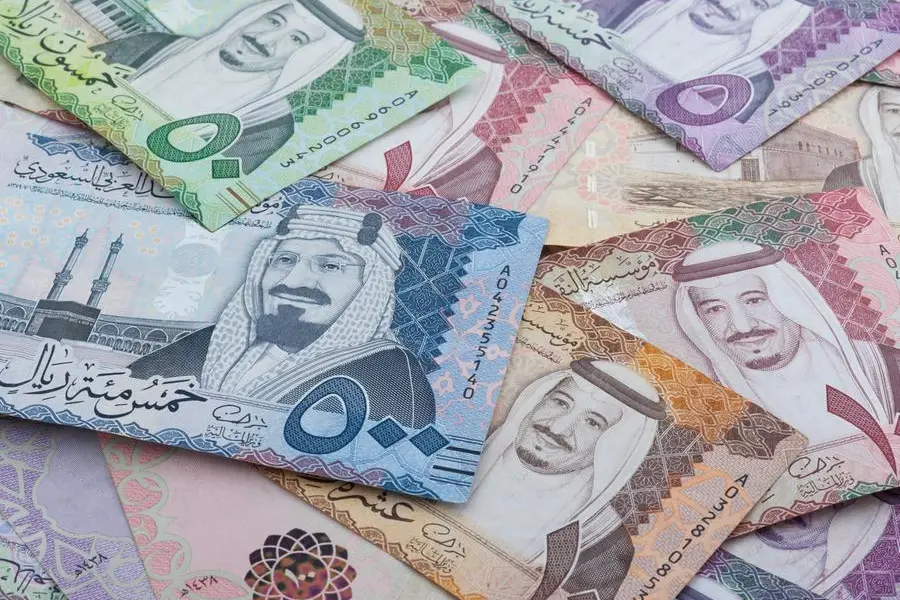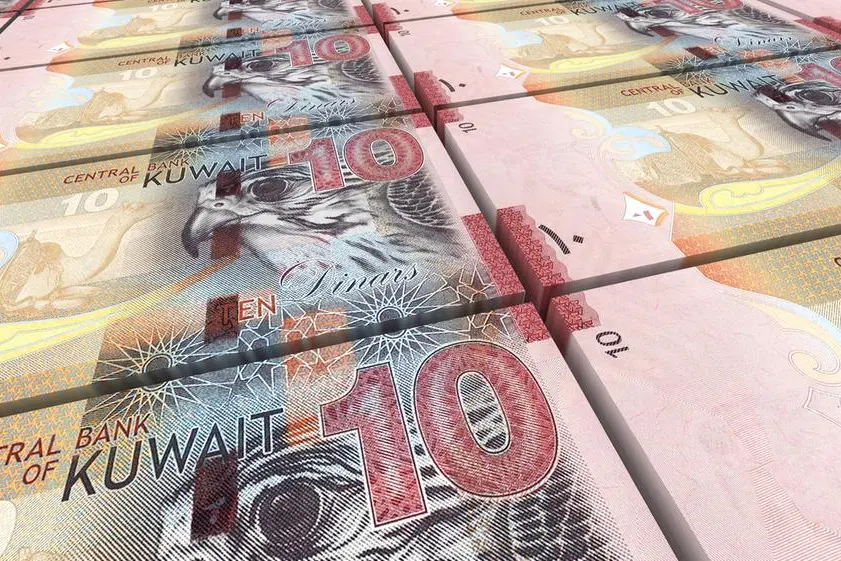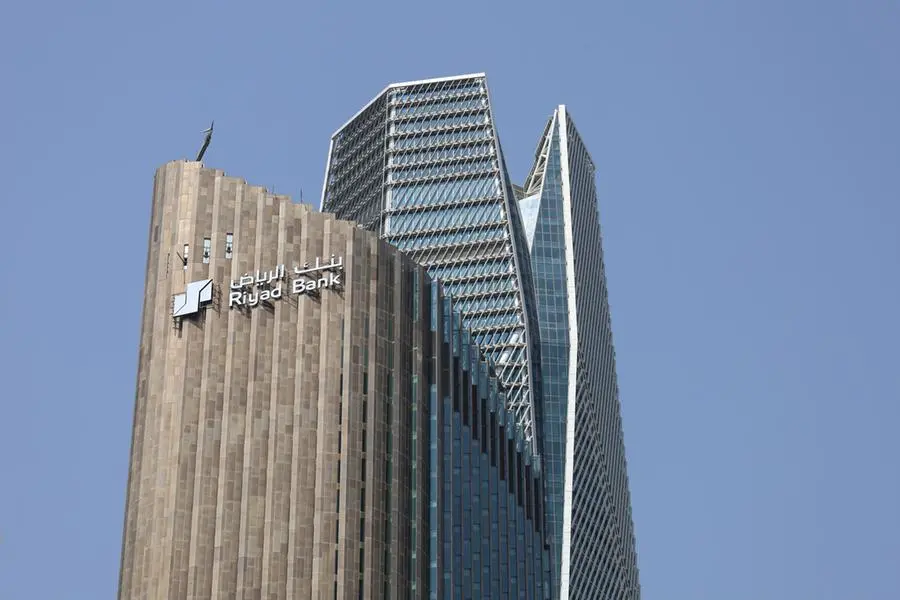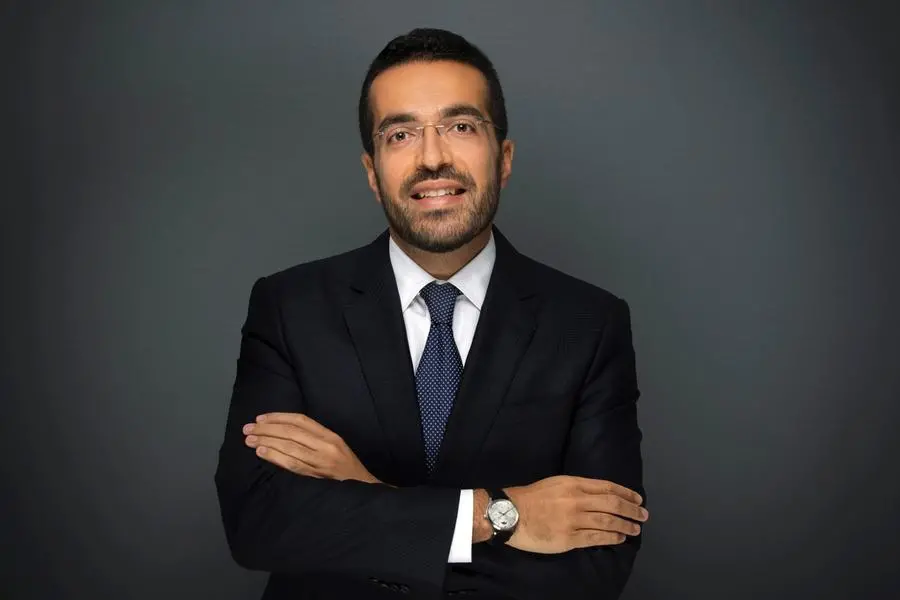PHOTO
China's central bank introduced a new cash management tool this week in the form of temporary bond repurchase (repo) agreements and reverse repos, adding to its various open market operations and creating what could become an important interest rate indicator.
The following explains the mechanics and intent of this new tool, which market participants say is a big step in the People's Bank of China's (PBOC) new monetary policy framework.
WHAT ARE THE TEMPORARY REPOS AND REVERSE REPOS?
Both repos and reverse repos are forms of short-term cash management instruments that allow primary dealers to swap government bonds for cash with the central bank, in order to either borrow or park cash.
Under these temporary overnight repos, the PBOC can sell securities to primary dealers and agree to buy them back the following day, effectively draining cash from the financial system. Reverse repos help the PBOC inject funds.
WHAT ARE THE DETAILS OF THE PBOC'S TEMPORARY REPO OPERATIONS?
The PBOC has said temporary overnight repo and reverse repo operations will take place in the afternoon, between 4 p.m. (0800 GMT) and 4:20 p.m. on a working day, if it decides it is necessary based on market conditions. This is in contrast to its other routine daily operations conducted in the morning.
The interest rate on the temporary repos and reverse repos will be 20 basis points below and 50 basis points above the seven-day reverse repo rate, or 1.6% and 2.3%, respectively.
WHY HAS THE PBOC STARTED THESE REPOS?
Analysts believe the mechanism enables the seven-day reverse repo rate to become a new policy benchmark, after PBOC Governor Pan Gongsheng said last month the rate "basically fulfills the function" of the main policy rate but a narrower interest rate corridor may be needed.
The interest rates on the temporary repos and reverse repos will form the new interest rate corridor with a width of 70 basis points, analyst say. The market now trades a wide 245 basis points range between the seven-day standing lending facility (SLF) rate and the central bank's interest rate on excess reserves (IOER).
WHY NOW?
The central bank has sounded warnings and introduced a flurry of measures, including plans to sell treasury bonds, to cool a long-running bond rally.
PBOC's Pan said the central bank should take prompt actions to blunt risk accumulation in financial markets and that it is important to "maintain a normal upward-sloping yield curve."
Ju Wang, head of Greater China FX & rates strategy at BNP Paribas, said a steeper yield curve could also put a floor under the weak yuan as overseas investors seek yuan bonds.
The yuan has lost 2.4% to a resurgent U.S. dollar so far this year, weighed down by its relative low yields versus other economies.
WHAT WILL HAPPEN TO INTEREST RATES ON OTHER MONETARY POLICY INSTRUMENTS?
Pan said the PBOC may consider a single short-term interest rate as the key policy rate and, if the seven-day reverse repo rate fulfilled that function, it will serve to smooth policy transmission to other benchmarks and tenors.
(Reporting by Shanghai Newsroom; Editing by Vidya Ranganathan and Jacqueline Wong)
